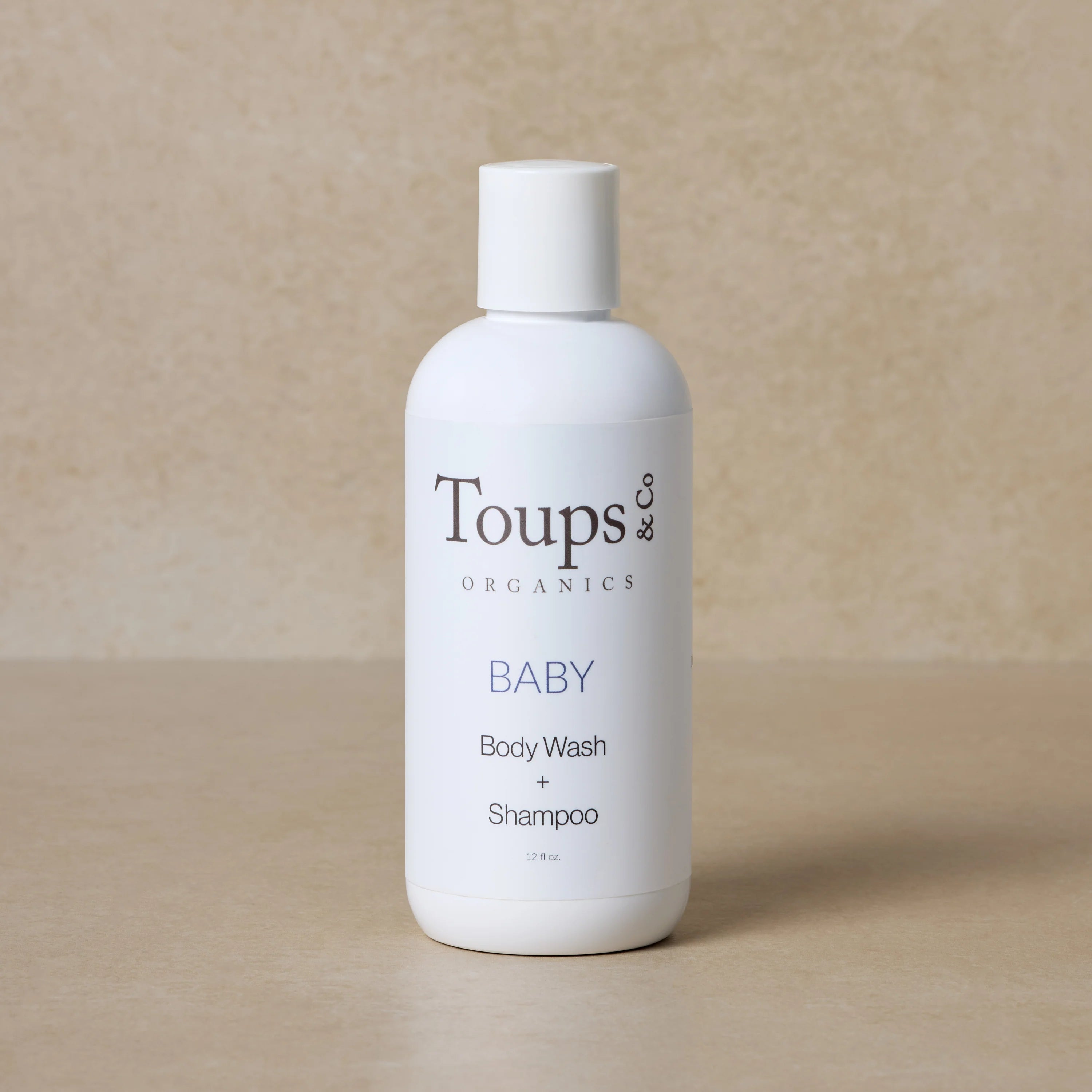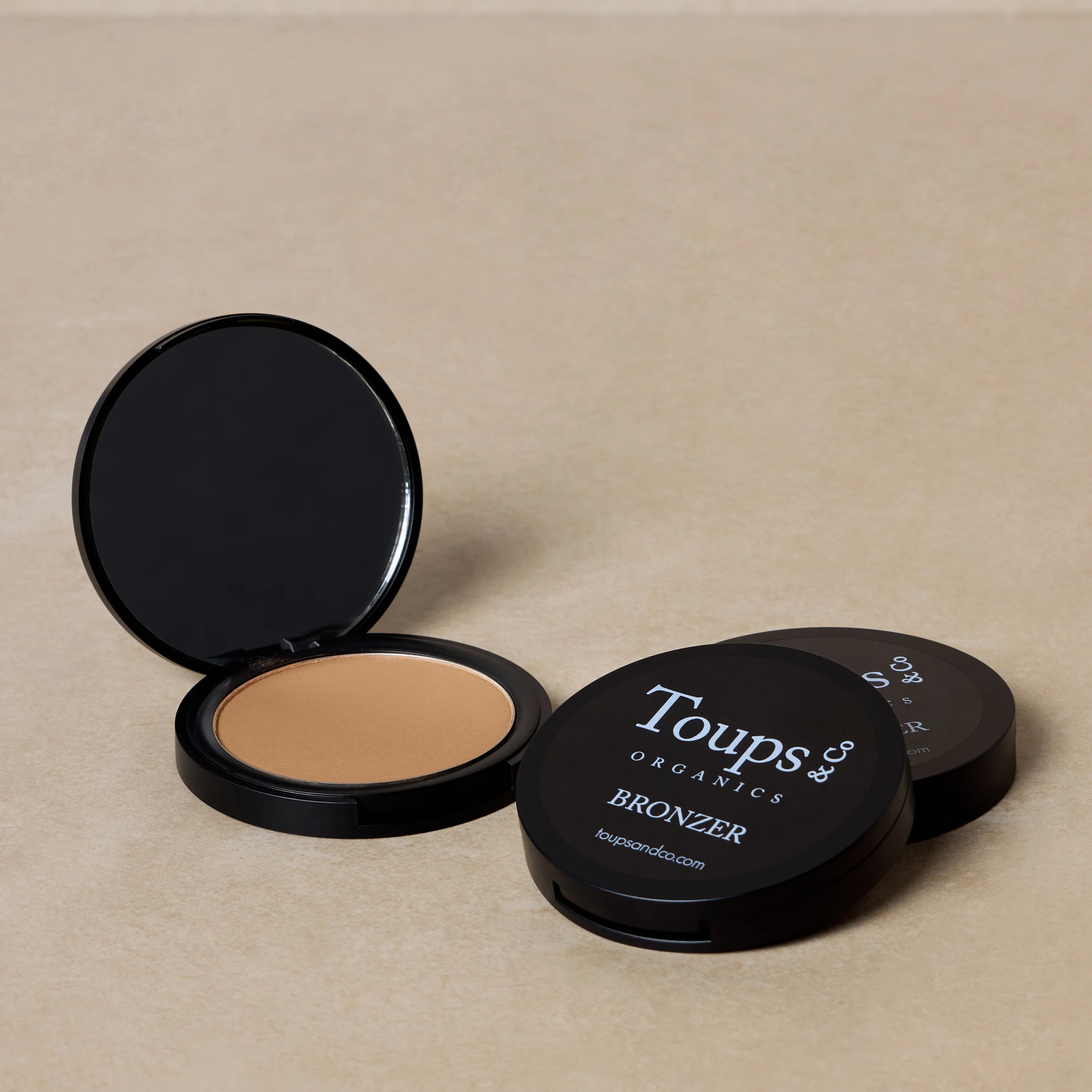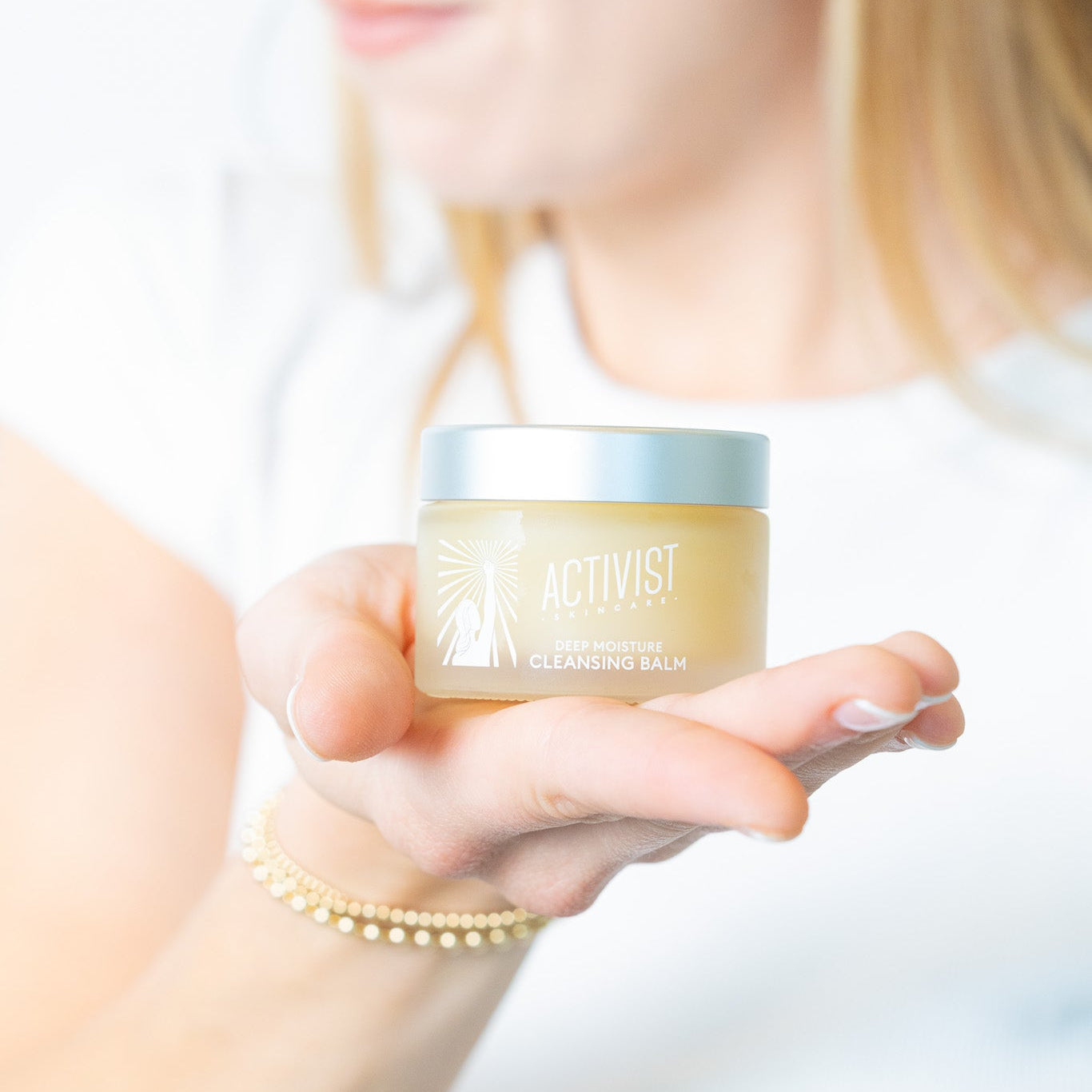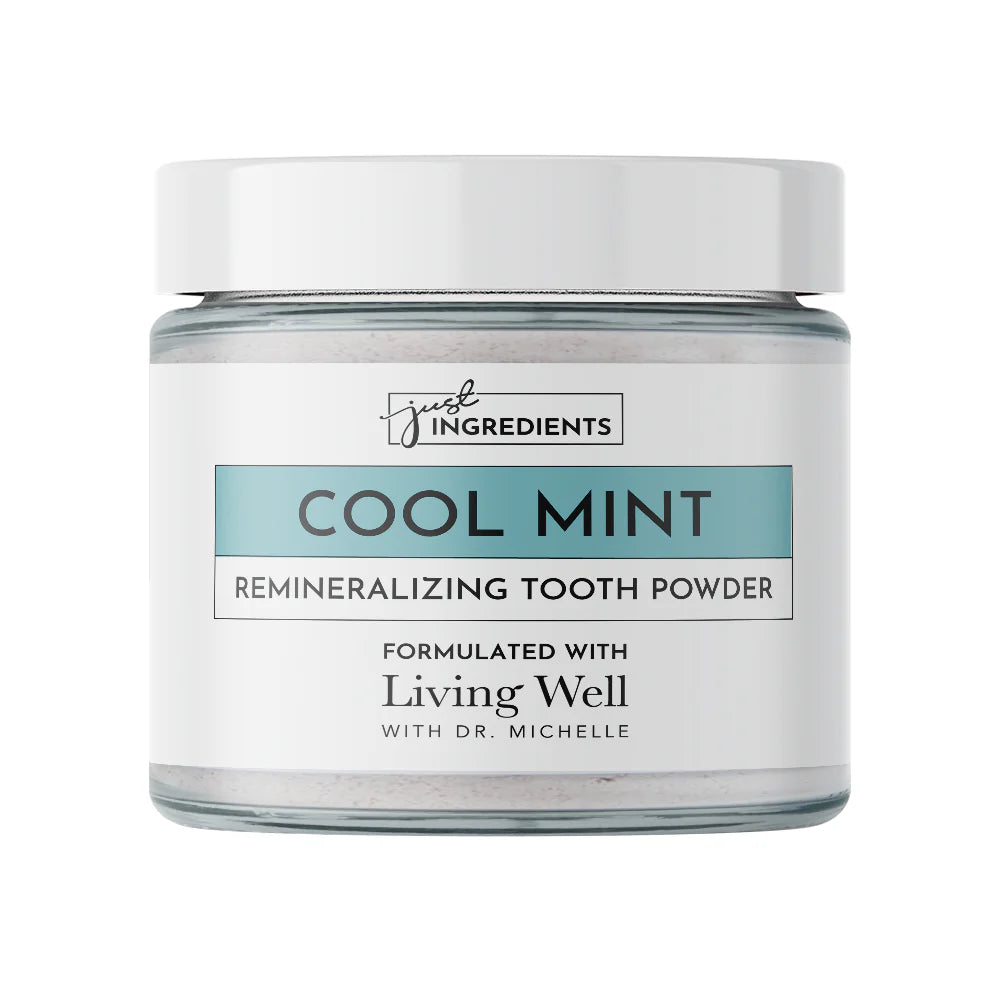Going gluten-free is more than just a trend—it’s a powerful step toward reducing inflammation, supporting digestion, and restoring your body’s natural balance. Whether you're navigating celiac disease, non-celiac gluten sensitivity, or simply aiming to heal your gut, this guide will help you make smart, nourishing choices that support long-term wellness.
What Is Gluten, and Why Does It Matter?
Gluten is a protein found in wheat, barley, rye, and their derivatives. For many people—especially those with autoimmune conditions, leaky gut, or chronic inflammation—gluten can trigger a cascade of symptoms, from digestive distress to skin flare-ups and fatigue.
Even in those without celiac disease, non-celiac gluten sensitivity can still drive inflammation and disrupt gut function. That’s why eliminating gluten is often one of the first steps in holistic healing protocols.
Naturally Gluten-Free Foods to Prioritize
Building your plate around whole, naturally gluten-free foods is the best way to nourish your body and avoid hidden sources of gluten.
Safe Gluten-Free Staples:
-
Fresh fruits & vegetables
-
Meat, poultry, and fish (unbreaded and unprocessed)
-
Eggs
-
Legumes (beans, lentils, peas)
-
Nuts & seeds
-
Gluten-free grains: quinoa, millet, rice, amaranth, buckwheat, certified gluten-free oats
-
Plain dairy: choose unflavored yogurt, milk, and cheese
-
Healthy fats: olive oil, avocado oil, ghee, tallow, coconut oil
These whole foods are not only naturally gluten-free but also packed with nutrients that support gut repair and reduce inflammation.
Common and Hidden Sources of Gluten
To fully support gut healing, even small traces of gluten must be avoided. Gluten sneaks into more foods than you might expect, often under names like “natural flavors,” “malt,” or “modified food starch.”
Top Sources of Gluten to Eliminate:
-
Wheat (spelt, farro, kamut, einkorn, bulgur)
-
Barley (malt, malt vinegar, malt extract)
-
Rye
-
Triticale (wheat-rye hybrid)
-
Brewer’s yeast (unless labeled gluten-free)
Soy sauce (contains wheat unless it’s tamari)
How Long Does It Take to Clear Gluten from the Body?
Healing timelines vary depending on the individual and the severity of gut damage. Here's what you need to know:
-
Celiac disease: Antibodies can linger for 6–12 months or longer.
-
Non-celiac gluten sensitivity: Symptoms may improve in 2–6 weeks, but deep healing can take months.
-
Leaky gut or autoimmunity: Consistency is key. Even minor “cheat days” can trigger an immune response and delay progress.
The takeaway? Stay consistent. Gluten triggers inflammation even when you can’t feel it right away.
Sneaky Sources of Gluten to Watch For
Even when foods look safe, gluten can hide in sauces, coatings, or as a contaminant.
Common Hidden Gluten Offenders:
-
“Natural flavors” (can include barley-based ingredients)
-
Soy sauce, marinades, and salad dressings
-
Deli meats, meatballs, and sausages
-
Imitation seafood (like fake crab)
-
Soup mixes and bouillons
-
Flavored rice or pasta dishes
-
French fries (if coated or fried in shared oil)
-
Oats (only safe if labeled certified gluten-free)
Understanding Cross-Contamination
For sensitive individuals, even a crumb of gluten can spark inflammation. Cross-contamination is one of the biggest challenges in a gluten-free lifestyle.
Where Gluten Might Hide at Home:
-
Shared toasters and cutting boards
-
Fryers used for breaded items
-
Bulk bins in grocery stores
-
Bakery counters with airborne flour
-
Condiment jars (like peanut butter or butter touched by bread)
Pro tip: Use separate cookware, condiments, and utensils for gluten-free prep. It’s worth the extra effort.
Eating Out Gluten-Free: Tips for Staying Safe
Dining out with confidence is possible—it just takes communication and a little preparation.
What to Say:
“Hi! I have a gluten allergy/sensitivity and need a completely gluten-free meal. Can you help me identify safe options?”
Questions to Ask:
-
Do you use a shared fryer?
-
Are sauces, marinades, and dressings gluten-free?
-
Are separate utensils and cooking surfaces used?
Safer Meal Ideas:
-
Grilled meat or fish with plain vegetables
-
Simple salads with olive oil + vinegar (no croutons)
-
Rice or baked potatoes (confirm no coatings or frying)
Avoid buffets and shared appetizers—cross-contamination risk is too high.
📝 Bonus Tip: Carry a gluten-free restaurant card (especially helpful when traveling or in non-English-speaking countries).
Grocery Shopping Tips
Being a label detective is essential when shopping gluten-free.
Gluten-Free Grocery Checklist:
-
Look for “Certified Gluten-Free” labels
-
Always recheck ingredients—brands change formulas
-
Avoid gluten in vitamins, supplements, meds, and cosmetics
(especially lipstick or toothpaste if you're highly sensitive)
Not All Gluten-Free Foods Are Created Equal
Just because a product says “gluten-free” doesn’t mean it’s good for you.
What to Watch Out For:
-
Refined starches (white rice flour, corn starch, tapioca)
-
Industrial seed oils (canola, soybean)
-
Added sugars and artificial ingredients
-
Gums, fillers, and preservatives
These ingredients may be gluten-free, but they’re still hard on the gut and can feed inflammation. Use them sparingly.
Gluten-Free Snacks I Actually Recommend
When you do reach for packaged snacks, here are some cleaner, gut-friendly picks I stand behind:
-
Sunnie’s or Simple Mills crackers
-
BTR Nation bars
-
Sweet Nothins Nut Butter Bites
-
Paleovalley beef sticks
-
One Degree Organics sprouted oats & cereals
-
Tosi Snacks (crunchy bars + bites)
-
Skout Organic bars
-
Amara Fruit Bites (sweet strawberry, dairy-free)
-
Base Culture Gluten-Free Sourdough
-
Queen Street Bakery Gluten-Free Bagels
-
Lesser Evil popcorn (only the coconut oil version)
-
Siete tortilla chips (avoid flavored ones)
These are great tools for travel, work, or snack emergencies—but whole foods should still be the foundation of your diet.
Bonus Gut-Healing Tip
Even after eliminating gluten, your gut needs ongoing support. Add these gut-repairing tools to your routine:
-
Bone broth
-
L-glutamine
-
Aloe vera juice
-
Fermented foods (like sauerkraut or kefir, if tolerated)
-
Anti-inflammatory herbs (like turmeric and ginger)
These support your gut lining, reduce inflammation, and help rebuild a resilient digestive system.
Final Thoughts
Choosing a gluten-free lifestyle can feel overwhelming at first—but it’s one of the most impactful changes you can make for gut and whole-body health. Stick with real, nutrient-dense foods, avoid sneaky sources, and stay consistent. Your body will thank you.
Want more help with gut healing or building a non-toxic lifestyle?
Work with me via our gut healing program.










